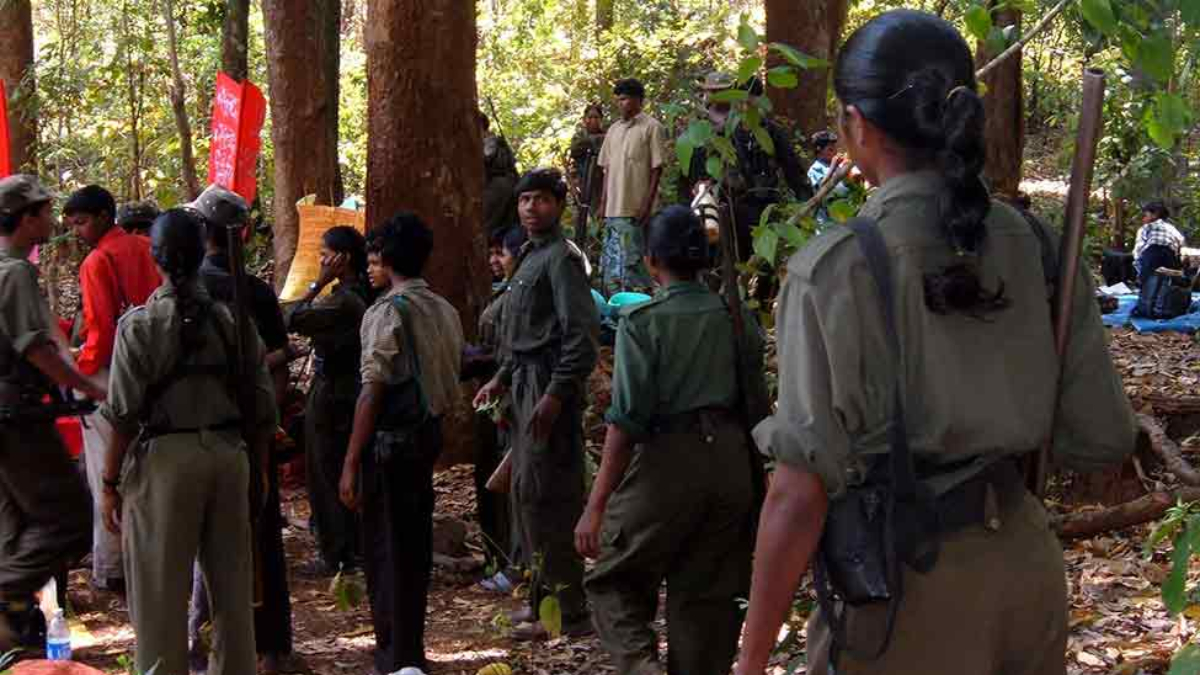Hot summer chase to monsoon surrenders: How security forces ended CPI (Maoist)'s violent reign in Chhattisgarh's Dandakaranya
 Recent Maoist encuounters in Bastar that rocked Naxal ranks in the state
Recent Maoist encuounters in Bastar that rocked Naxal ranks in the state
Come monsoon, Dandakaranya—the country‘s largest Naxal den, turns into a terrain of rain and slush, restricting the movement of Maoist cadres who take refuge in its dense forests. They use this time to hone their tactics and blend with the local population in nearby villages.
Over the years, the monsoon season is preceded by a hot chase for the Maoists, as thinning forest cover helps security forces access their strongholds. This has led to deadly encounters with security forces — Dantewada (April 2010), Darbha Valley (May 2013), and Bhejji in south Bastar (March 2017) — all in Chhattisgarh, as the CPI (Maoist) carried out its tactical counter-offensive campaign between March and June.
The TCOC is a military training period of the CPI (Maoist), and fresh recruitment from villages dominated by the Maoists also occurs during this period. The April 2017 ambush at Kala Pathar near Chintagufa in Sukma district, which claimed the lives of 25 Central Reserve Police Force (CRPF) personnel, was also part of the same tactical strategy.
The message was clear — the threat from CPI (Maoist) was far from over, and the Reds were not ready to give up arms; rather, they were capable of spilling blood and spreading terror. This prompted the Union home ministry to strengthen its anti-Naxal strategy by setting up a dedicated operational grid across Dandakaranya.
Eight years later, the same region has witnessed a reversal in trend — the CPI (Maoist) has lost its lethality and suffered its biggest loss in the summer offensive this year, with almost two dozen killed in Karregutta hills on Chattisgarh-Telangana border in March, and the monsoon paved the way for surrenders as the naxal den got fractured.
Dandakaranya is no longer a contiguous red corridor as many top leaders and the rank and file of the banned outfit have decided to lay down arms.
On October 17, 208 Maoist cadres laid down arms — comprising one Central Committee member, four Dandakaranya Special Zonal Committee cadres, one Regional Committee member, 21 Divisional Committee members, 61 Area Committee members, 98 party members, and 22 members of the deadly People’s Liberation Guerrilla Army or Revolutionary People’s Committee. Of these, 110 are women, which indicates the disenchantment of women cadres with the outfit as well.
The latest surrenders have brought fresh challenges for security forces. The state government’s rehabilitation programme and assistance measures will determine how quickly the surrendered Maoists are absorbed back into the mainstream. It will also impact the morale of the remaining cadres, who will find it tougher to sustain the lethality and ideology of the CPI (Maoist).
As local representatives of different communities like the Manjhi-Chalki community welcomed the surrendered cadres back to the mainstream; they outlined the longstanding tradition of Bastar to support peace and coexistence. Their message to the surrendered Maoists was clear: fear and bloodshed are not the way forward. Disarming the outfit brings hope that the next season of violence, which once gripped the region, will not return.
India